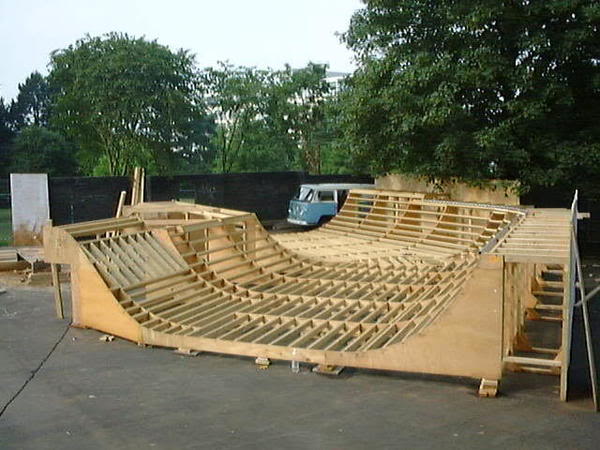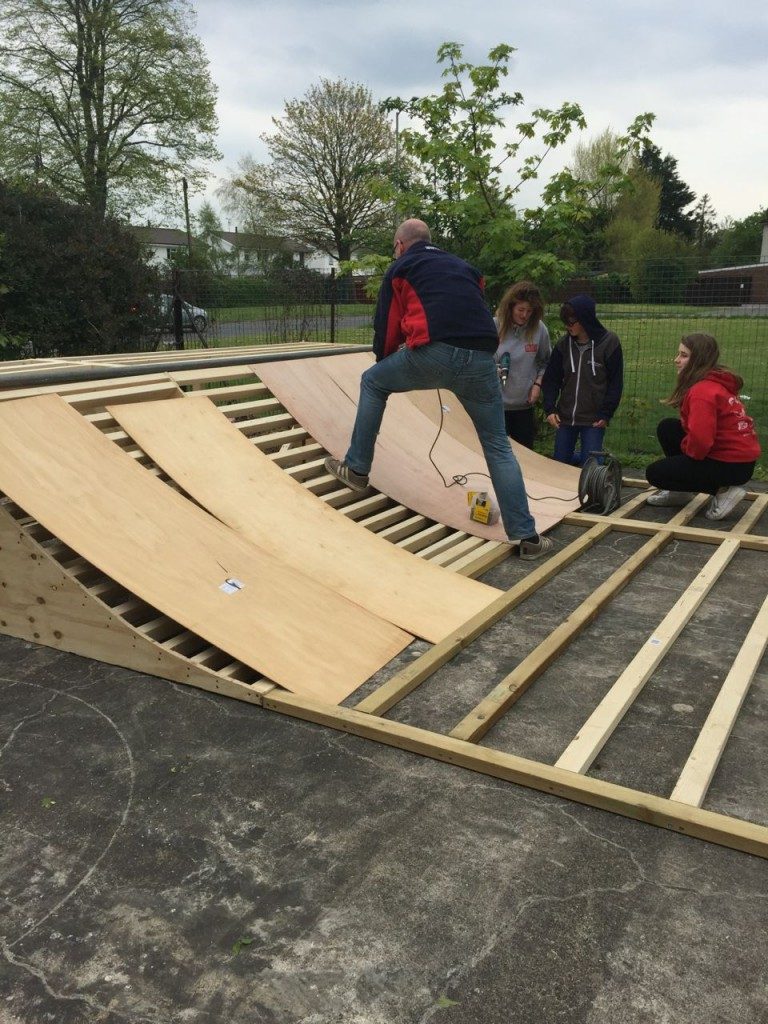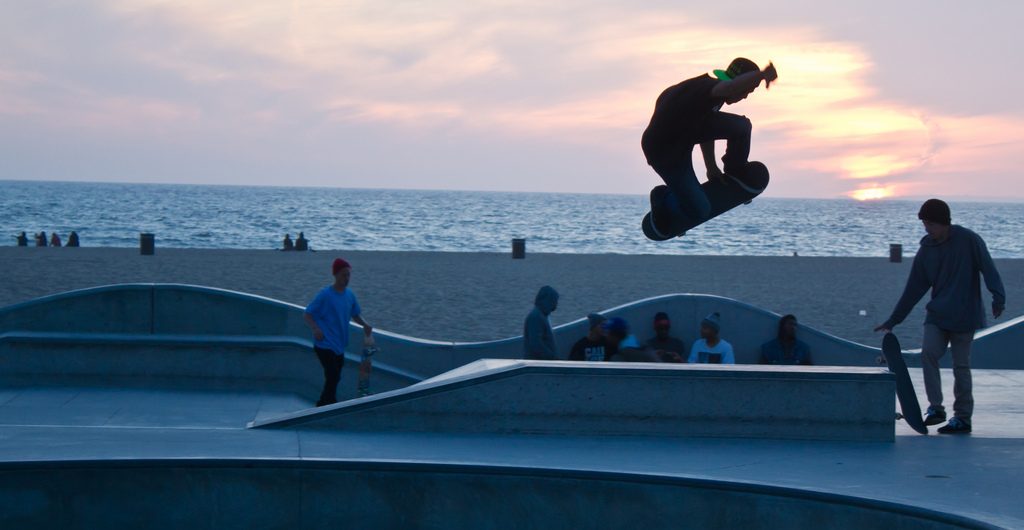In many ideal scenarios you would generally decide on the final location you would like to setup your vert ramp long before you would physically build the structure. However, there are instances where you will need to move a ramp to a different location and some of those reasons include, selling your house and relocating, change of space requirements, selling the ramp or even moving it to an indoor skate park. All these are legitimate reasons why you would need to transport your vert ramp and exactly our situation moving from Wanneroo to Clarkson Skate Park in Perth.
However, moving a ramp is no easy feat, especially when it is already assembled. So here are a couple of options and some tips that will help you make the move of your ramp easier depending on how far you need to take it and what sort of budget you have in mind.
Option 1 – Disassemble the whole ramp to transport
The less costly option of them all however the most time consuming is to disassemble the whole ramp into pieces and transport it together. The beauty of this option is it will cost you a lot less to hire removalists Perth with a decent size truck. With all the pieces disassembled, it won’t be as awkward and will definitely be a lot easier to carry and fit in the back of the truck ready for you to assemble at the other end. This is also the safest option compared to the following options as you will have to assemble it from scratch again you can ensure that all the structural components are joined on properly however transporting the ramp as one you may not know if the move of the ramp was compromised at all therefore you need to double check the structure before it can be safely used again.
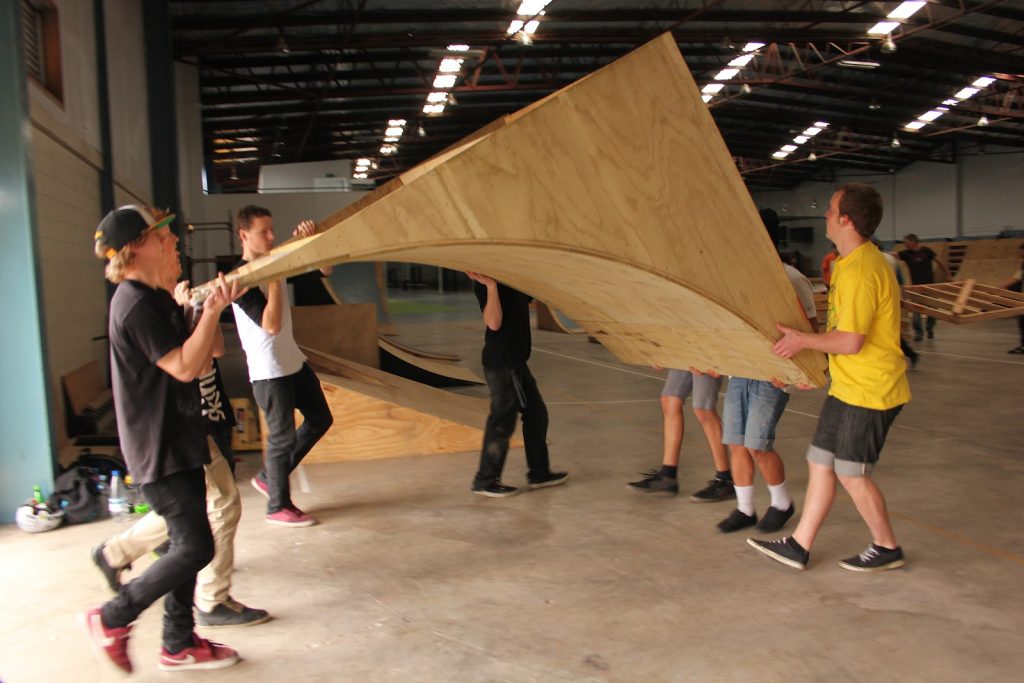
Option2 – You can haul it
If you want the whole ramp to be transported at once without it be disassembled your only option is to hire a hauling truck that transport big pieces of cargo such as swimming pools, houses, and huge concrete slabs. Typically, these trucks are designed to haul oversize awkward items with the necessary equipment such as lifts and cranes to lift the item onto the truck. However, it’s not just the hauling truck that you will need to hire, you will typically need to hire a team of people, possibly a crane or lift specialist in Perth to lift it onto the truck to get it ready for transport and there would usually be a couple of cars in front and behind the truck with flashing and hazard lights on warning other drivers that the item being transported is oversized. This maybe an expensive process.
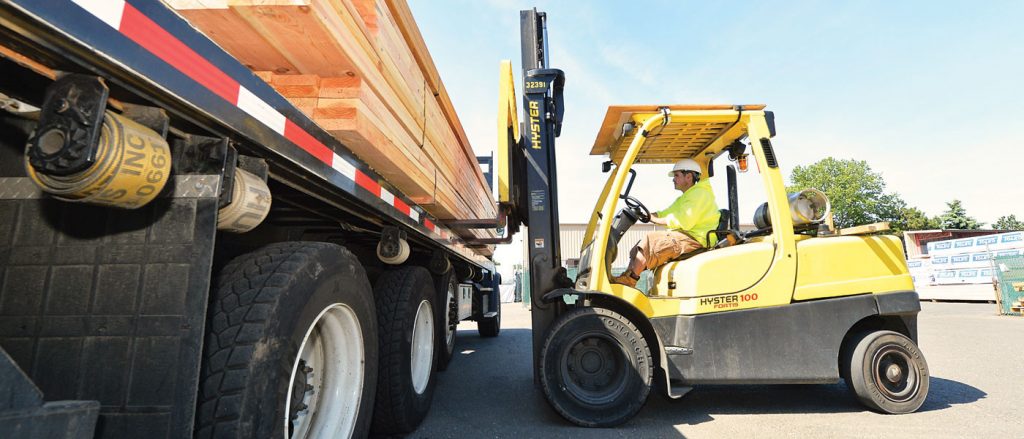
Option 3 – Separate it into 3 separate parts and transport
Depending on the size of your ramp you could even separate the ramp into 3 main sections to transport, effectively having 2 ends of the ramp and the bridge. This will make it smaller in size and easier to transport, you may not need such a large truck as well. Having the ramp in 3 sections will make transporting more stable as things tend to move and shake when transporting and having the ramp in smaller pieces will make it less likely to compromise the structure when moving about. Fortunately, in the main suburbs around Perth we have lots of smooth and sealed roads. Then at the end of the location all you have to do is join up the sections again.
Whichever option you choose, ensure you do it right and get professionals to help you rather than doing it yourself as injuries may occur. Good luck!
